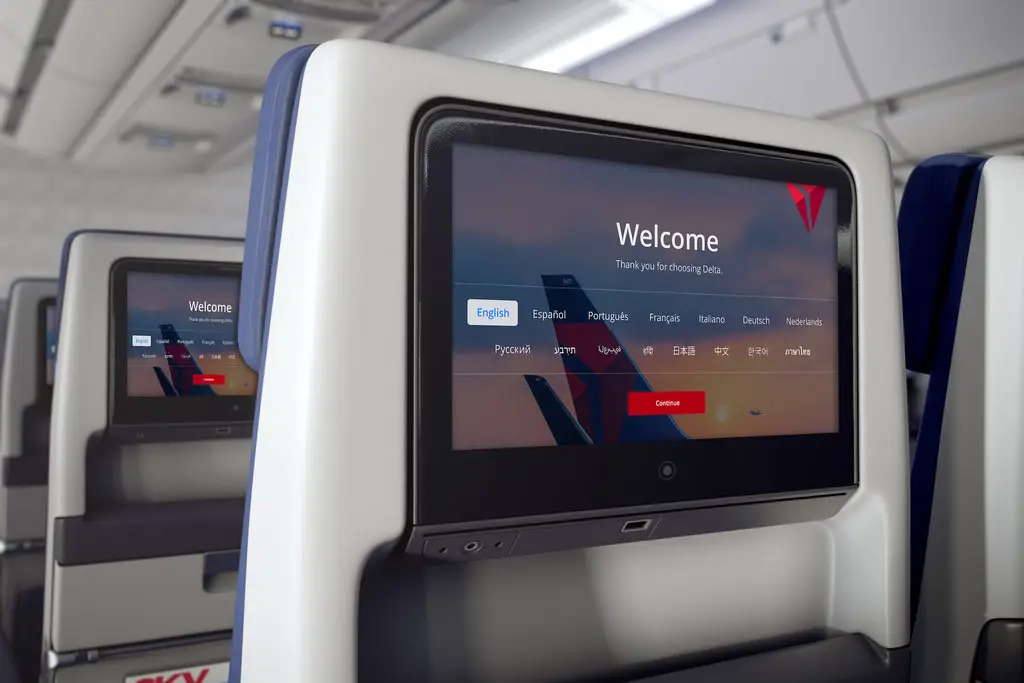
Displays are an essential part of aviation. They are used to provide pilots with information about the aircraft’s performance, the weather, and the surrounding environment.
There are many different types of displays that are used in aviation. The type of display that is best suited for a particular application will depend on the specific needs of the pilot and the aircraft.
Another use case for displays used in aviation is for the comfort of passengers. Displays are used to show navigation, weather, movies, and tv shows.
Some of the most common types of displays used in aviation include:
Head-up displays (HUDs): HUDs project information onto the windshield in front of the pilot’s eyes. This allows pilots to see the information without having to look down at a separate display.
Multi-function displays (MFDs): MFDs are flat-panel displays that provide pilots with a variety of information, such as navigation, weather, and engine performance.
Primary flight displays (PFDs): PFDs are the main displays that pilots use to fly the aircraft. They typically show information such as airspeed, altitude, and heading.
Displays play an important role in the safe and efficient operation of aircraft. By providing pilots with the information they need, displays can help to prevent accidents and improve safety.
Here are some of the benefits of using displays in aviation:
Overall, displays play an important role in aviation. They can help to improve safety, increase efficiency, reduce costs, and provide comfort.
As technology continues to advance, displays are becoming even more important in aviation. Newer displays offer higher resolutions, wider viewing angles, and faster response times. These features can make it easier for pilots to see the information that they need, to make better decisions, and to improve their productivity. Kristel can assist can you in creating and designing any of your aviation display needs.